Inside Maryland's fight to return to play
Everyone in youth sports adapted during the coronavirus pandemic. Here is how they did it in the Old Line state.
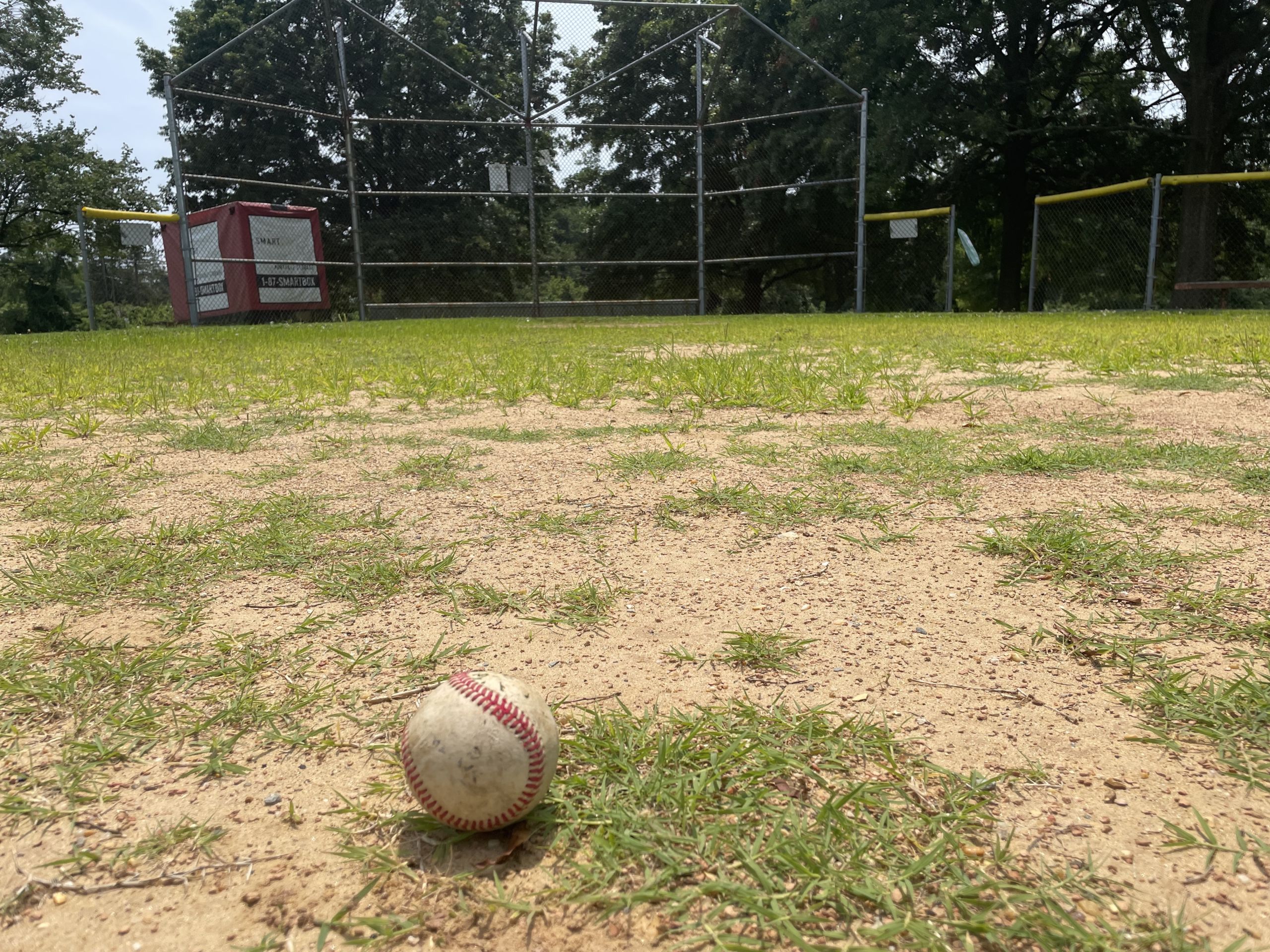
It’s June 2020, weeds crack through the third base line on Field Two at Broadneck Park in Annapolis, Maryland. A few cars park at the dog park. A group of friends sit six feet apart in a circle on various blankets, soaking up the sun and laughing. The soccer and baseball fields are empty, though, untouched for three months.
Three months earlier, the state of Maryland had 107 COVID-19 cases and one death. In response to the coronavirus pandemic, Governor Larry Hogan issued an executive order prohibiting gatherings of 10 or more people. The order paused recreation sports seasons as teams could not meet to have practice or games.
Then on March 30, 2020, after 1,413 COVID-19 cases and 21 deaths, Hogan issued a stay-at-home order, halting not only youth sports but the entire state.
After the coronavirus pandemic benched sports for three months, Hogan rescinded his order and kids and coaches returned to the games they loved. But it wasn’t without struggle as everyone adapted to the new world of playing youth sports during a pandemic.
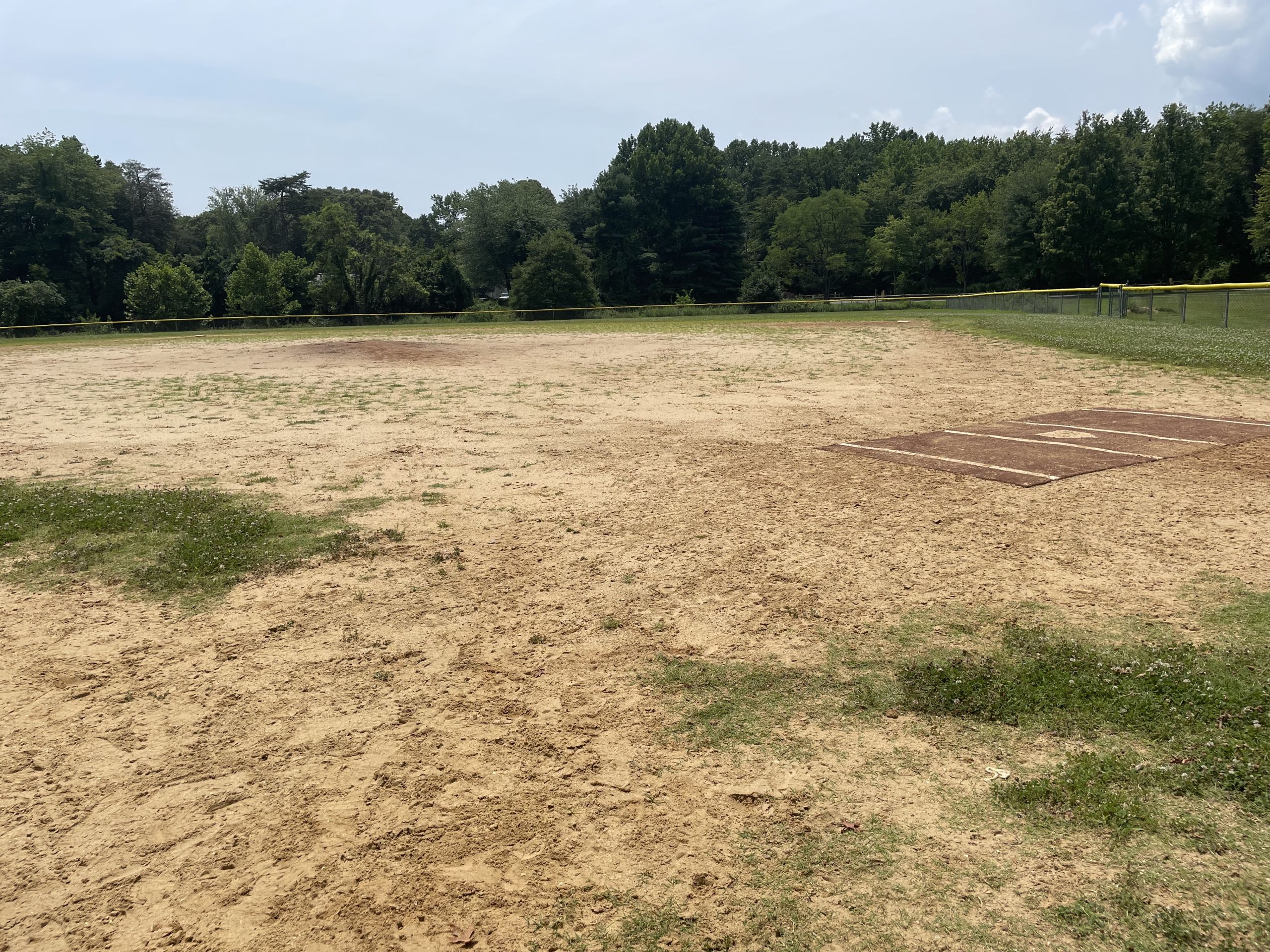
For Mike Sutphin and Cape St. Claire Recreation, the pandemic cut short their spring season and sent them on a rollercoaster of following new guidelines. They also faced the possibility that the pandemic could cut their fall 2020 season short once again.
Cape St. Claire Recreation is one of 70 youth sports organizations in Anne Arundel County, Md. Sutphin has been the president of the organization for eight years, but has directed the football league for more than 20.
“Anytime you lose out on a sport, it’s hard for the children but it’s also hard financially for the user group with no income,” he said.
Cape St. Claire Recreation runs on a grant it receives from Anne Arundel County and volunteer labor. Sutphin receives no payment for running the league.
“We don’t get near enough to maintain the parks,” he said.
During the three-month shutdown, Sutphin asked the groundskeepers to hold back on cutting the grass because the league couldn’t afford to pay them as often. He also gave refunds to families whose seasons got cut short.
“We didn’t want to take a lot from the parents,” Sutphin said.
While dealing with financial hardships, the league also faced operational challenges when sports returned. The real struggle for Sutphin and Cape St. Claire Recreation came from Anne Arundel County Recreation and Parks director Rick Anthony and county executive Steuart Pittman.
On August 27, 2020, Anthony said that, in accordance with the Maryland Sports Commission “Return to Play” document, tackle football was considered a high risk sport and could not “safely go forward without major modifications,” such as converting the tackle football season to flag football to minimize contact. This comes as the state reached 106,063 total coronavirus cases and 3,580 deaths and the United States surpassed 5.7 million cases and 178,998 deaths.
Pittman followed Hogan’s roadmap to recovery; Anne Arundel County and the state of Maryland were only in Phase 2 of the recovery and not yet ready for a high-risk sport such as tackle football to return.
This decision halted Cape St. Claire’s tackle football right after it began.
“We had to refund everybody, which was really hard,” Sutphin said. “We started the tackle season and then the county executive decided that he was going to shut it down again.”
A week later, Pittman allowed the tackle football season to continue. By that point, Sutphin had canceled the uniform and equipment orders and issued refunds. He then had to scramble to get everything ready again. But he pulled it off and a tackle football season took place.
Once the Fall 2020 tackle football season began it looked different from past seasons. Everyone had to wear a mask on the sidelines and children and coaches had hand sanitizers spaced out throughout the fields. Additionally, the athletes had to socially distance.
That meant no team huddles.
Sutphin’s job description suddenly included “constantly remind(ing) people about their distance and the mask.”
“It was more work but (it] paid off in the end,” Sutphin said.
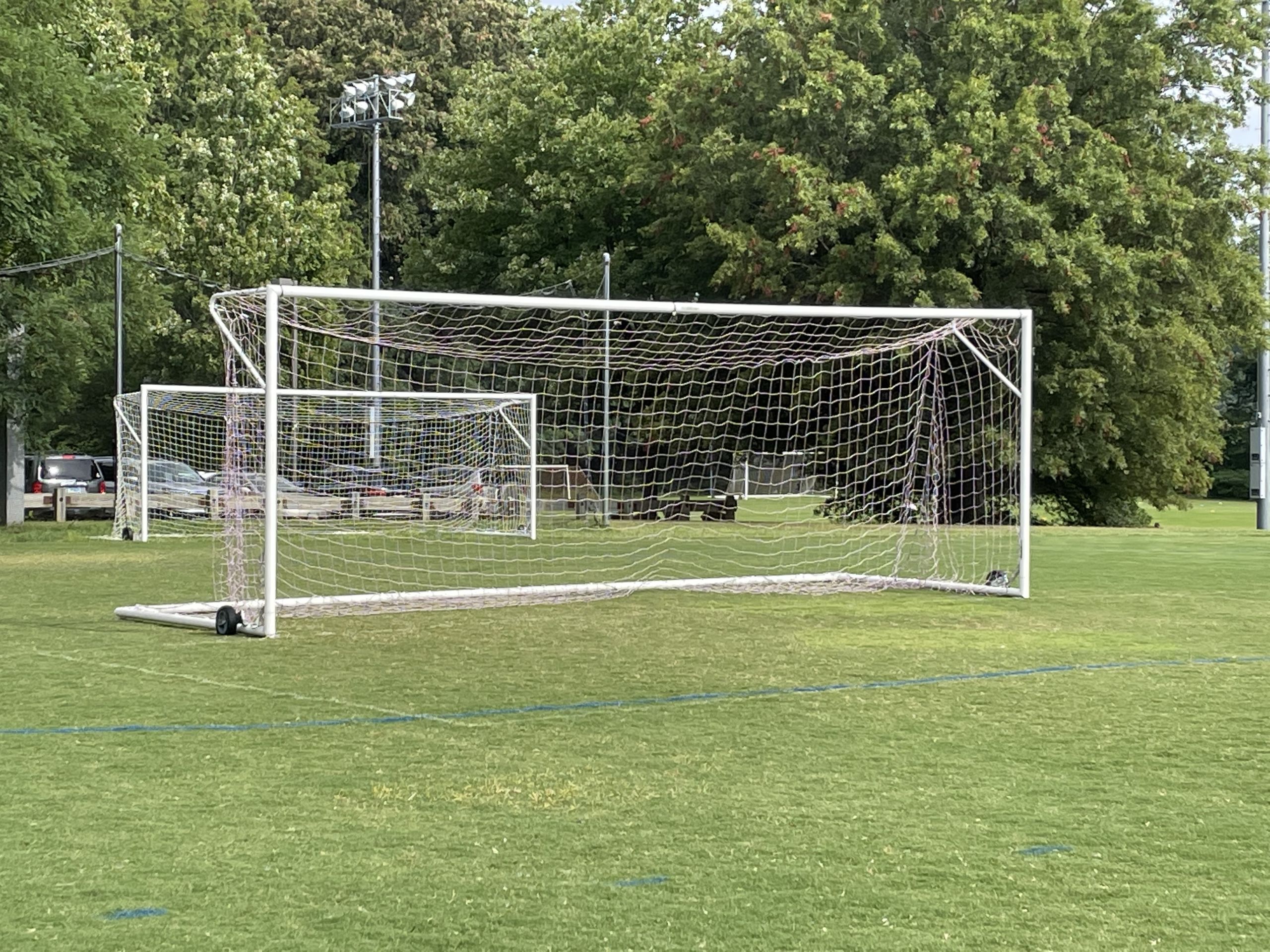
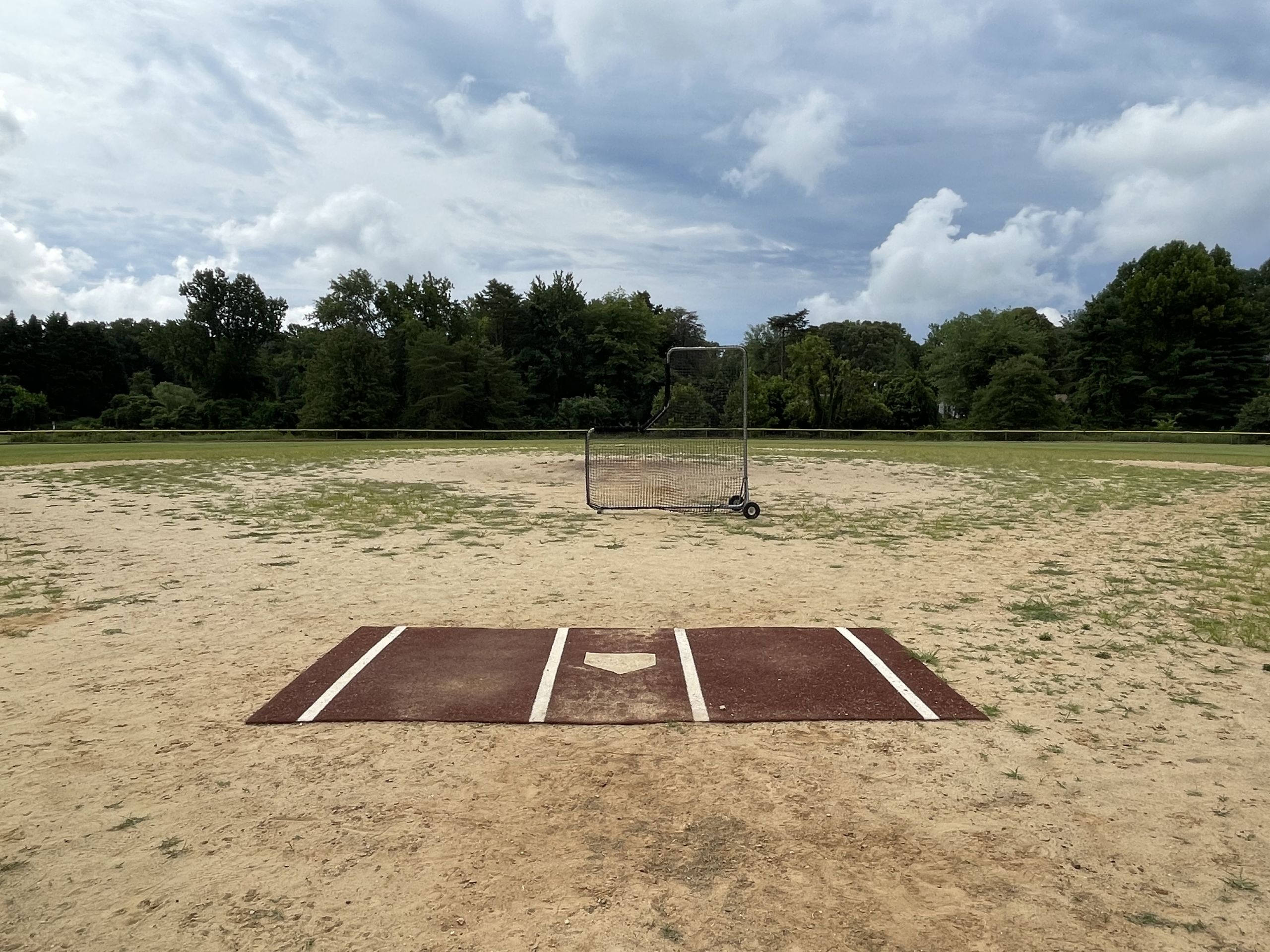
Yaphet Talley and Liverpool FC Maryland faced similar challenges.
Talley used to coach youth soccer but now acts as the team manager for LFC Maryland. When their season got shut down in March 2020, Talley and the coaches of the team acted quickly and adapted to the new virtual world they were thrust into.
Two weeks after Hogan issued the stay at home order, LFC started having team Zoom meetings. Along with this, they had the kids write reports on the professional Liverpool players in England so that they could still engage with the sport. Talley and the team started a Facebook page. The coach assigned the players to complete drills and then the athletes shared them on the team page so everyone could see one another. It was the closest they could get to practicing as a team.
Megan Chesla, whose sons Eli and Luke played on Talley’s team, spoke highly of the videos.
“It was neat to see,” she said. “It created a little bit of camaraderie amongst the team so that they could work together. Everyone was in it together.”
One of the main struggles was keeping the kids active and practicing soccer.
“We had some kids who were running on treadmills but at ages eight and nine, a lot of the kids (have] connected devices and a lot of kids were just focused on sitting at home watching TV,” Talley said.
“Myself and other parents sort of had to force our kids to go outside and practice on their own. That was tough,” he said.
But even when restrictions relaxed, nothing was guaranteed.
“Even in the beginning we had some boys that did not come out,” Talley said, noting that he didn’t have a full squad at first as players and their parents hesitated to resume play with the pandemic ongoing.
But the hardest part for Talley wasn’t rooted in sports - it was the pandemic itself.
“To truly see the impact of people getting sick, people passing away. It was tough,” Talley, a father of three, said.
He and his wife struggled over what was best for their own children, too.
They decided their youngest son, Gabe, would not participate in the winter season due to an autoimmune disease. And it was a hard decision
“At his skill set level, the more practice he has the better for him,” Talley said. “We were worried about losing skills.”
Their daughter, Bella, a sophomore in high school, did play volleyball for her club during the pandemic, wearing a mask and instituting family rules - like showering immediately when she returned home.
Still, rules dictated no spectators could attend matches. So, Talley and his wife watched them livestreamed on YouTube.
“That’s an adaptation that we did as a family, as a team across multiple sports was pretty amazing,” Talley said.
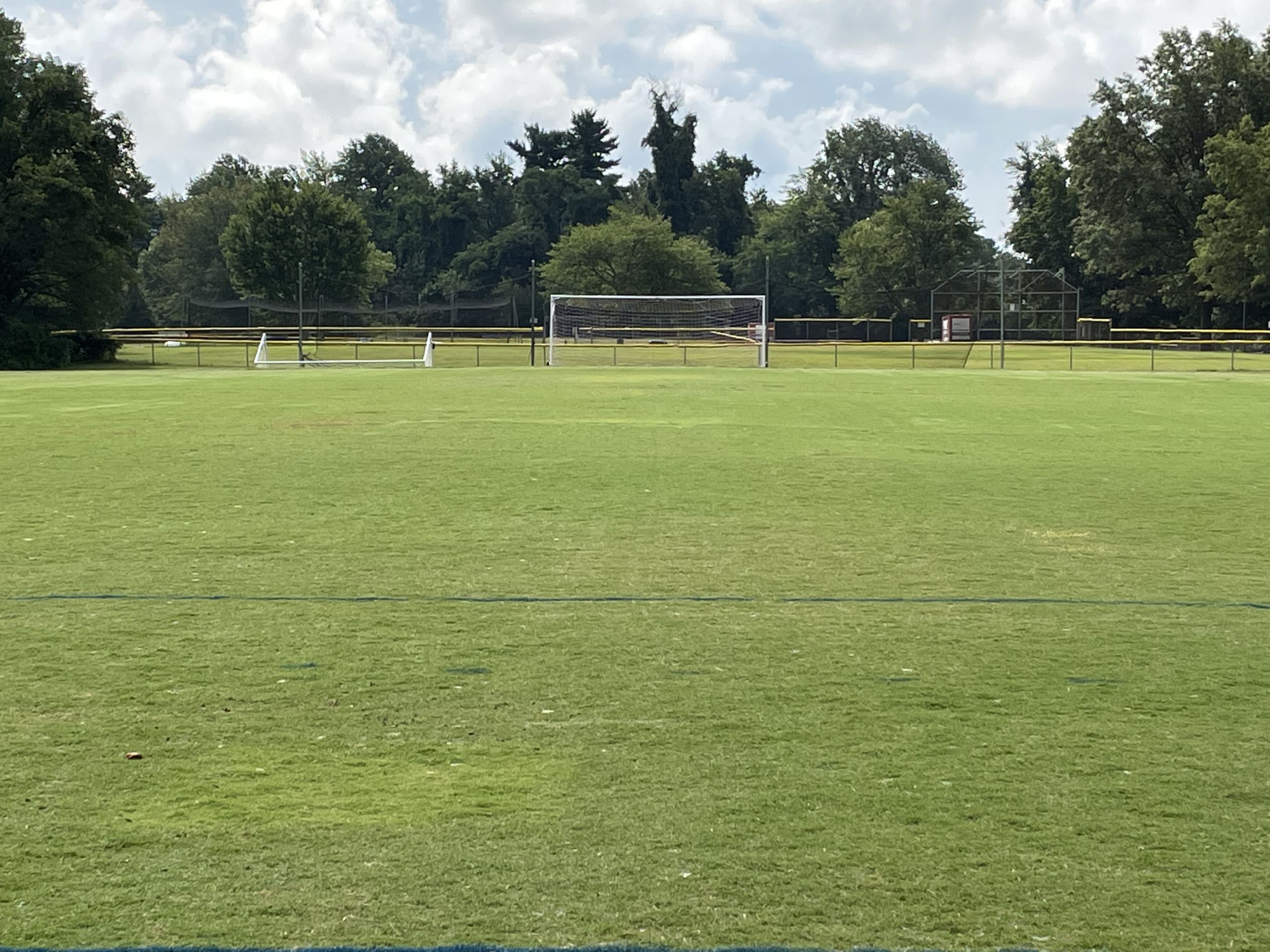

Adaptation is something that Megan Chesla and her family struggled with when their youth sports season initially got canceled. Chesla’s sons, Eli, 13, and Luke, 10, are multisport athletes.
At the time of the pandemic, Luke played soccer, baseball, and wrestled while Eli played soccer and wrestled. Sports were key to their lives, but with the shutdown, they stayed inside, away from the sports that meant so much to them.
Early on, Chesla began to see the negative effects that being away from sports had on her sons.
“They started getting moody. They were back talking,” Chesla said. “I could tell a difference in them that they really needed (sports as an) outlet.”
Eli missed wrestling.
“It was really kind of hard at first,” he said. But, he found a bright side. “We were trying to do stuff on our own; there wasn’t even practice. But we’d go on a lot of runs to keep up my cardiovascular shape. Even though we couldn’t go to practice it was still a really good time to train.”
The pandemic may have stopped Chesla’s sons from playing the sports they loved for a few months, but when they were finally able to resume, they found a new passion in those sports. Eli took this time off to decide that he wanted to focus solely on wrestling.
In July 2020, Eli started wrestling again. However, he had to change wrestling clubs. His previous club would practice at Severn School or Spalding High School, both private schools in Anne Arundel County. As a result of the pandemic, both schools remained shut down during the summer and the club could not wrestle there.
Chesla and her sons decided to begin wrestling for Headhunters Wrestling Club in Columbia, Maryland. This club had its own gym for practices.
Headhunters Wrestling Club made sure to follow the coronavirus protocols that the CDC recommended, including wearing masks into the gym, requiring temperature checks and only permitting one parent in the gym to maintain social distancing.
The club also employed a rule that if a wrestler were to leave the state they had to quarantine for two weeks and could not wrestle during that time. Even though the club required masks inside the gym, the wrestlers themselves did not have to wear them while wrestling.
Wrestling is a contact sport. Most of the time there is very little room between the wrestlers as they grapple with one another.
Dr. Clifford Mitchell, director of the environmental health bureau of the Maryland Department of Health, said, “Contact sports do represent increased risk...without facial coverings, we’ve seen a number of outbreaks associated with contact sports.”
Mitchell also explained that parents need to think of risk as part of their plan when involving their children in youth sports again. He highlighted the consideration of if the kids have additional risk factors that may put them at further risk.
“It’s good for kids to get exercise,” Mitchell said. “[The Department of Health] has fully espoused the idea that kids should be getting exercise, they should be outside and they should be inside [getting exercise].”
Chesla and her family weighed the risk factors. Neither of Chesla’s sons have additional risk factors such as asthma or an autoimmune disease. Chesla considered the risk versus the reward for allowing her sons to wrestle and she decided that the best choice she could make would be to allow them to wrestle.
“For them [wrestling] again, it was a no brainer for us,” Chesla said.
Their decision, however, came with some backlash.
“I had to be very careful who I was talking to,” Chesla said. “Some people looked at me like I had five heads when I would say my boys are wrestling.”
Talley and his family had to take into account different variables than what Chesla and her family had to consider. No parent, coach, or league president had ever faced a season under a pandemic before, throughout the year audibles had to be called and adjustments had to be made.
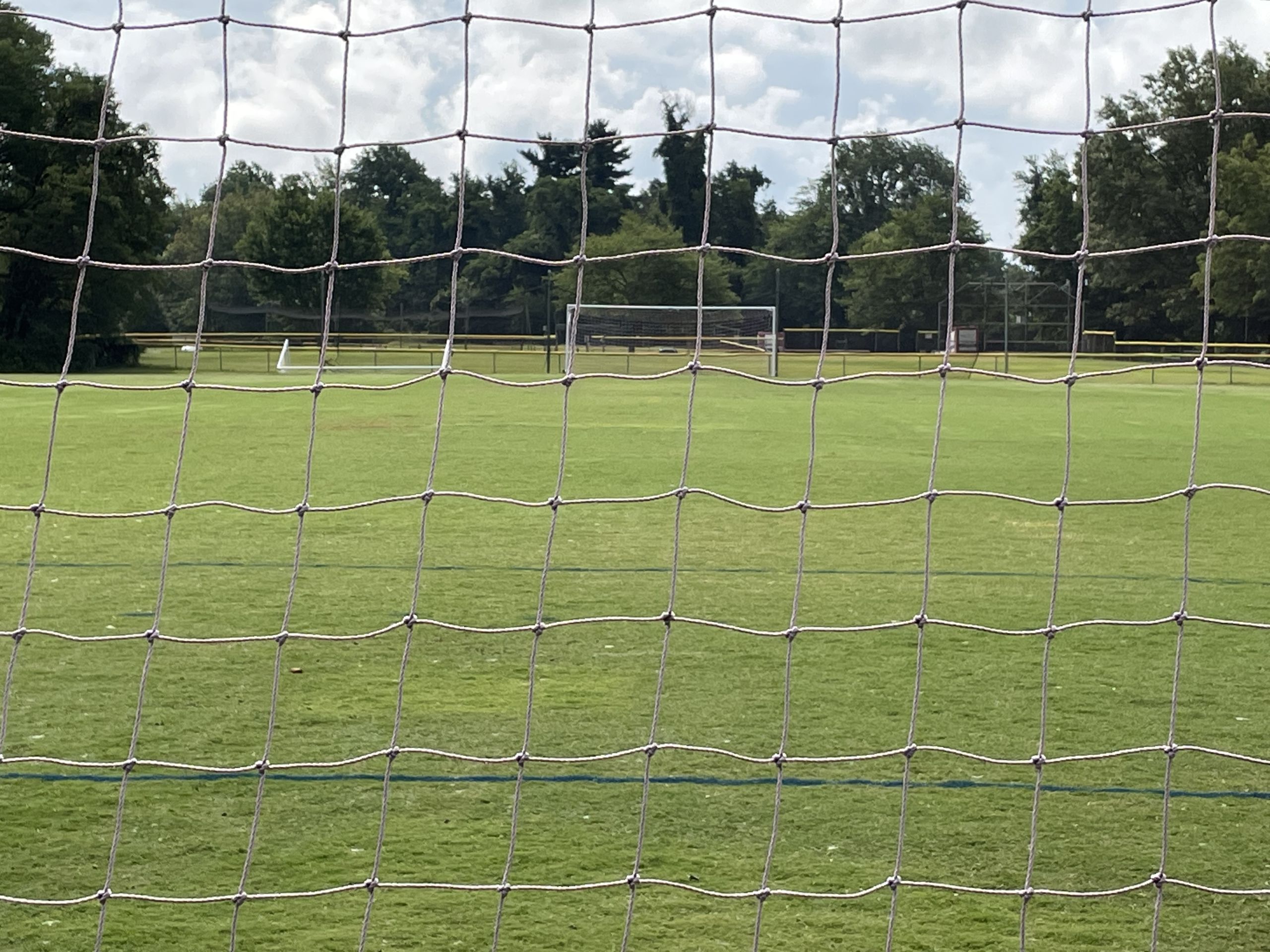
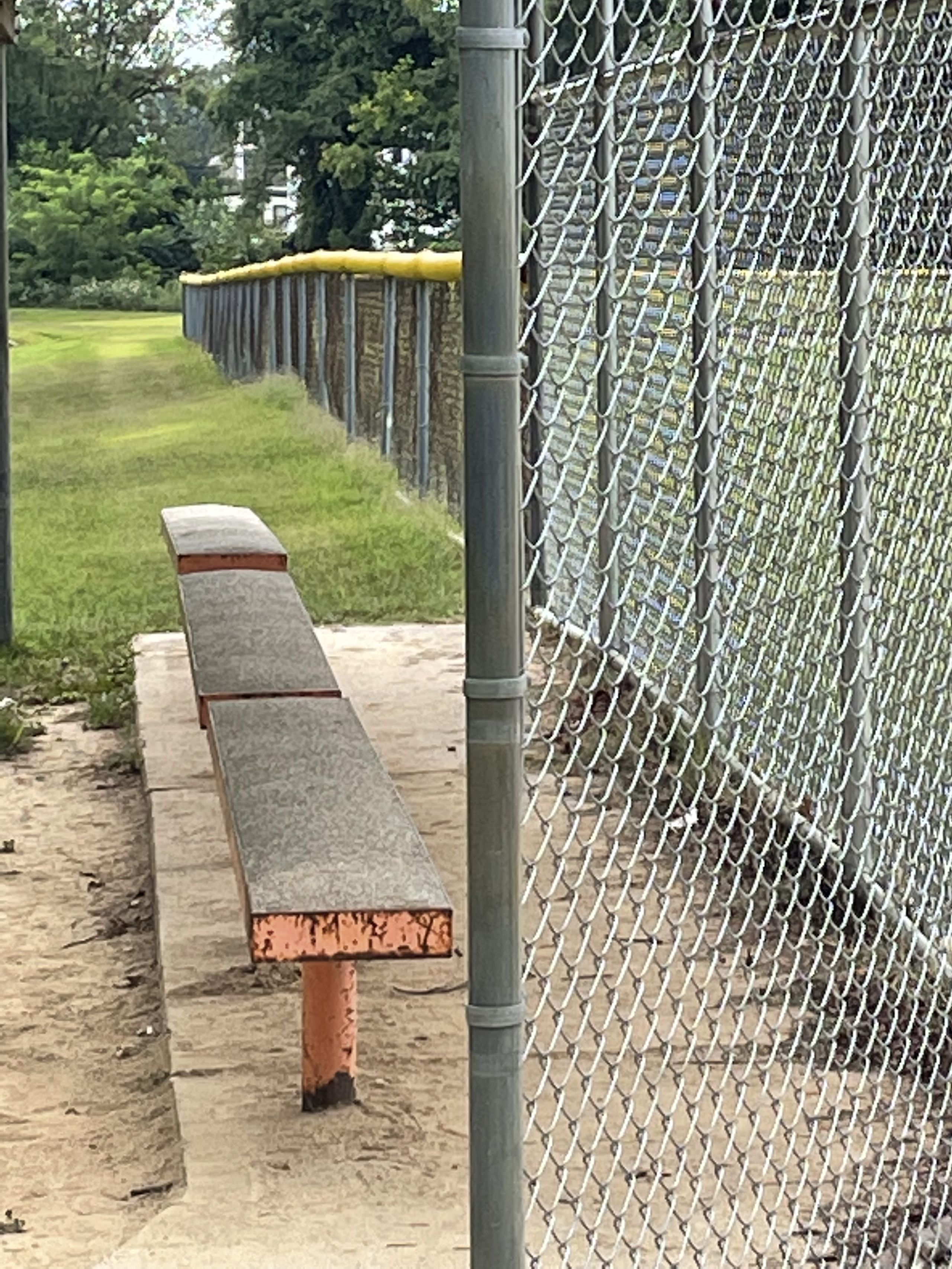
A year later, it’s as if the coronavirus pandemic had never happened. On April 27, Pittman issued Executive Order 46, rescinding all previous orders pertaining to COVID-19. This includes restrictions on indoor and outdoor gatherings and the requirement of facemasks. This comes as 1,876,562 Maryland residents had been vaccinated and the state had a total of 444,491 coronavirus cases and 8,501 deaths.
Talley’s soccer team played a full spring season and after a week into the season, no one had to wear facemasks while playing. Talley’s 13-year-old son Theo played lacrosse in the spring.
“It was normal,” Talley said of the season.
In 2020, Chesla’s family had to choose only one parent to go to meets. This meant that Chesla didn’t get to watch her son compete in some of the biggest meets. Now with restrictions lifted her whole family is allowed to go to wrestling meets. Eli wrestled at Kids Nationals in July in Wisconsin.
In order to compete, he had to take a rapid COVID test and test negative a few days before the meet. He is even open to get vaccinated if that’s what organizations start to require in order to wrestle.
Sutphin has seen Cape St. Claire Recreation return to the way it looked in 2019, before the coronavirus was even a distant thought. Registration numbers for the 2021 spring flag football and fall tackle football have exceeded what he expected, with parents eager to get their kids playing again.
The adaptations of socially distanced huddles, hand sanitizer dispensers on the field, watching livestreams of 10-year-olds play soccer on computer screens and weighing the risk versus reward of allowing your child to play the sport that they love, were all suddenly gone. Field 2 at Broadneck Park now hosts four games a day on the weekends. The soccer field at the entrance of the park now has rows of lawn chairs lined up as whole families come out to watch their kids play soccer, masks left behind in the car.
Even though Maryland is no longer under a state of emergency and the world has opened up once again, Dr. Mitchell has one final recommendation for conducting youth sports in 2021: “Acknowledge that COVID is very much still a real thing, and it is still very much a risk.”
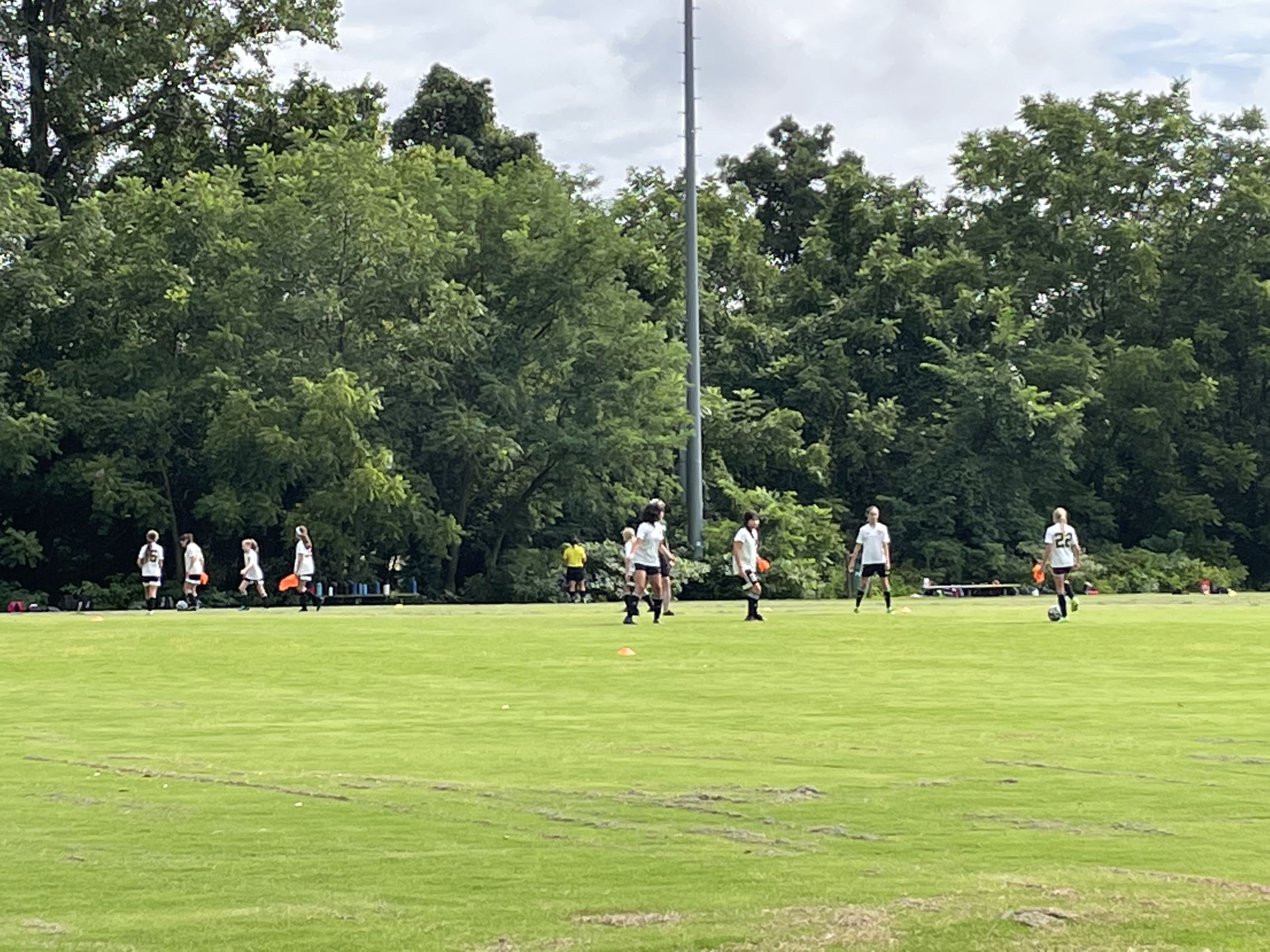
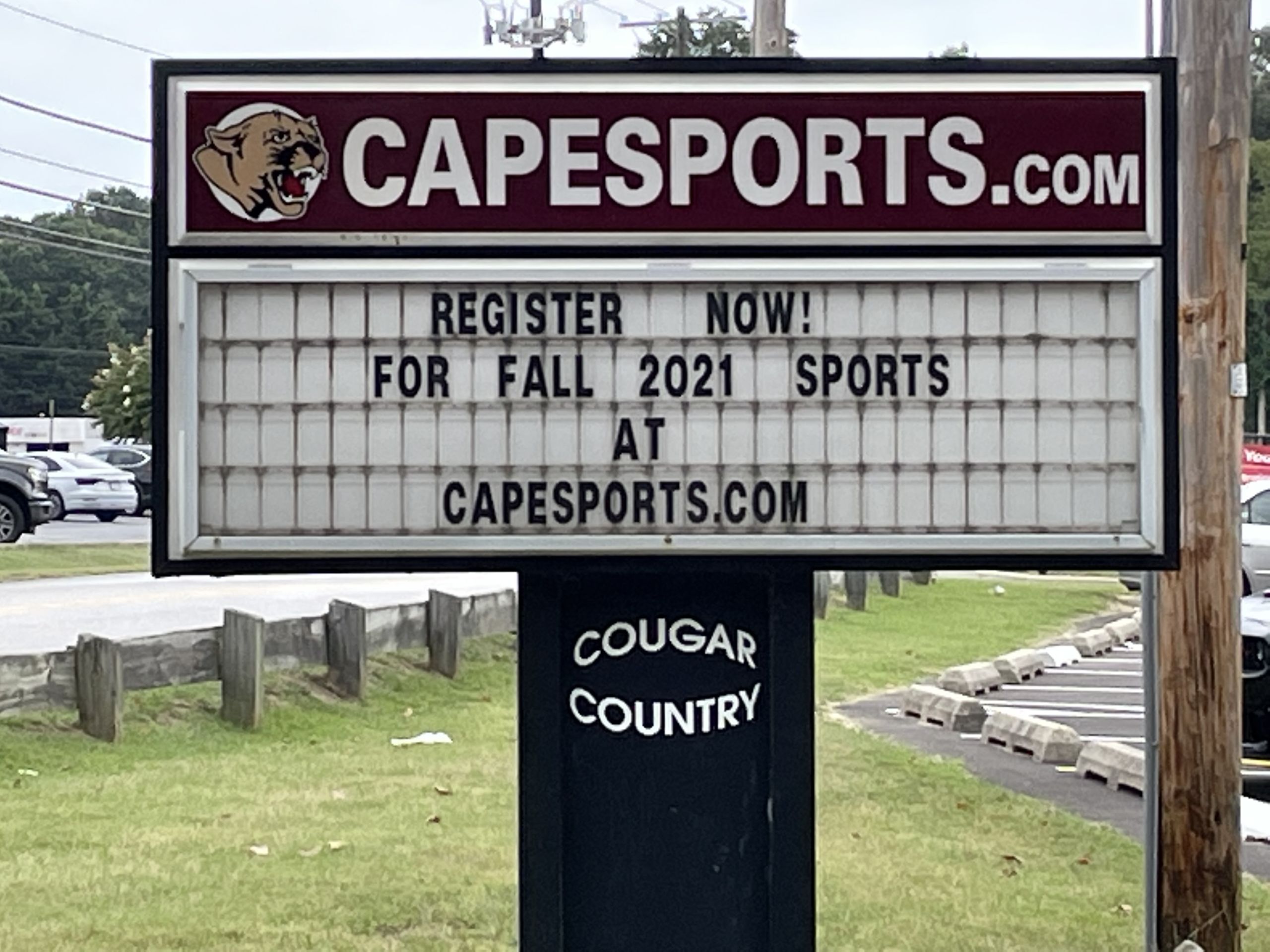

About the author
Katie Lurie grew up in Annapolis, Maryland. She has Bachelor's degrees in Cinema and Gender, Women's and Sexuality studies from the University of Iowa. She also has a Master's degree in Sports Journalism from Quinnipiac University. This story is part of her capstone project for QU Sports Journalism. She works as a production assistant at ESPN and looks forward to continuing to tell important sports stories.
You can reach her at katherine.lurie@quinnipiac.edu
